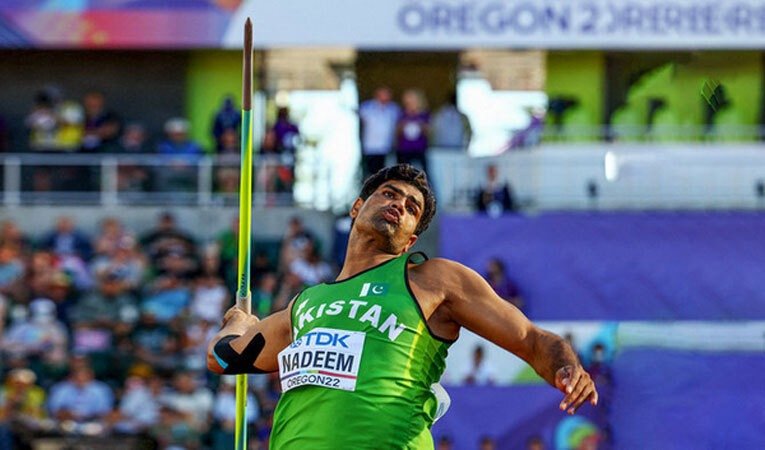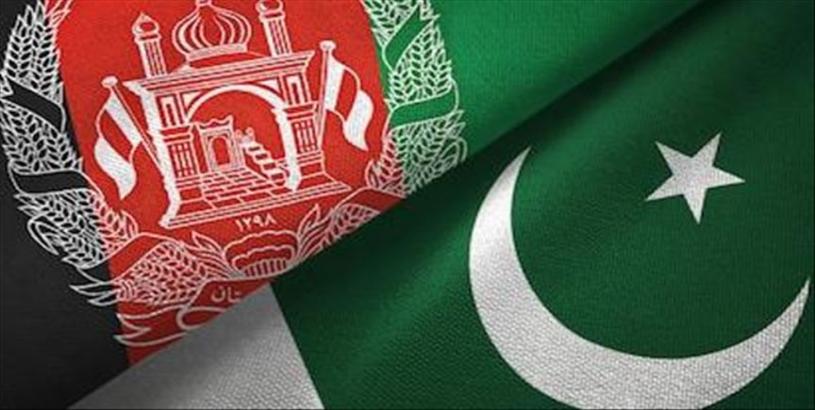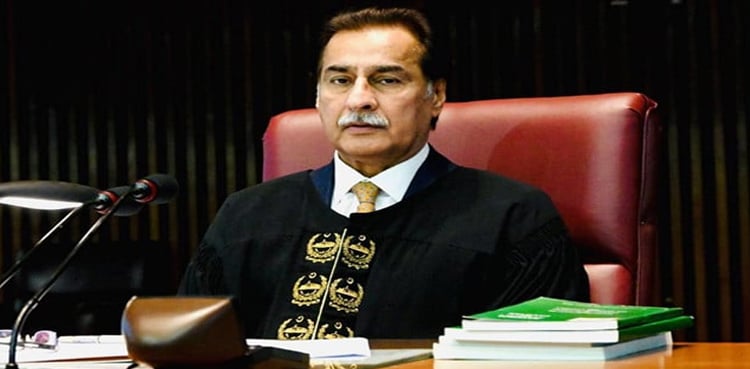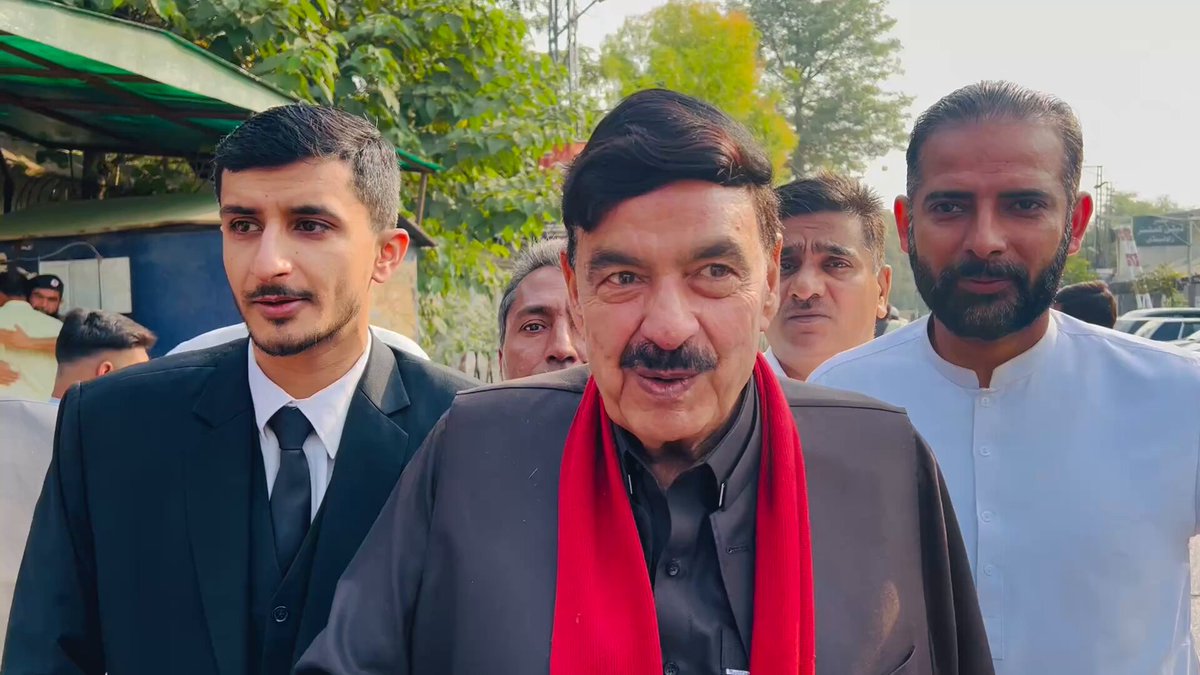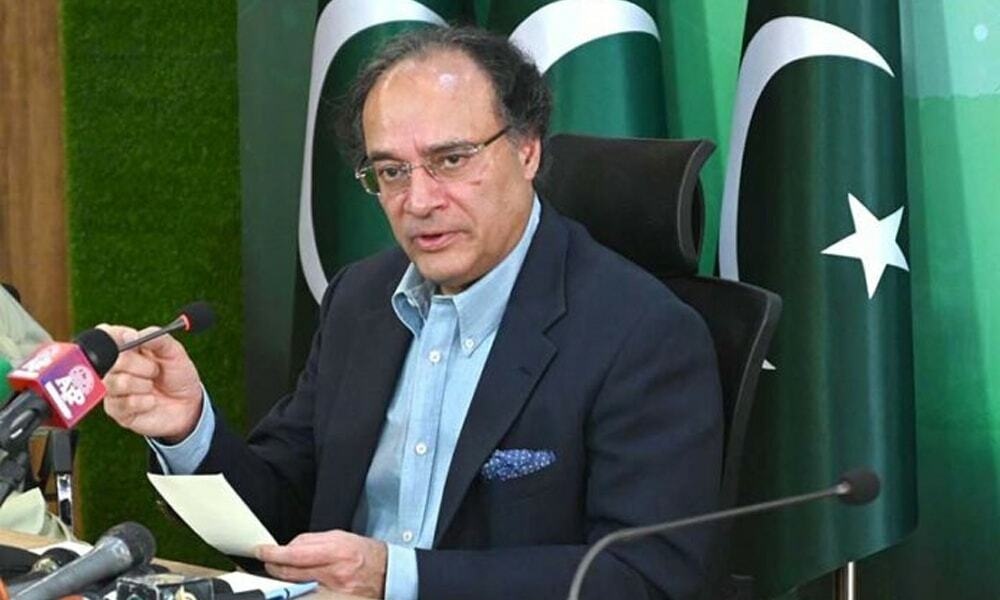Miftah blames ‘political turmoil’ as PKR falls to record low against dollar
By Muhammad JuniadPublished On 06 Jan 2023
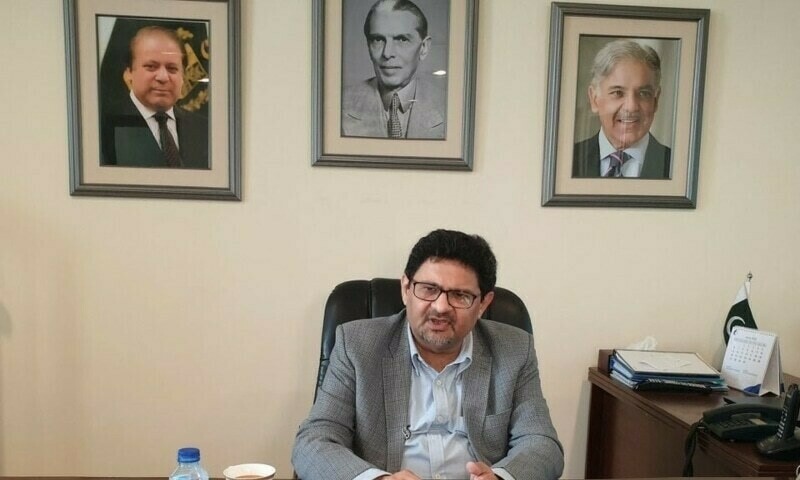
The rupee continued its fall in the interbank market on Wednesday, with the local currency sliding to a historic low of Rs225 against the dollar as Finance Minister Miftah Ismail said political turmoil was to blame for the downturn.
“The panic in the market is primarily due to political turmoil, which will subside in a few days,” Ismail told Reuters, adding that he expected pressure on the rupee to fall in the next few days.
Analysts attributed the decline to the lack of economic guidance amid the political uncertainty prevailing in the country and the State Bank of Pakistan (SBP) not intervening.
According to the Forex Association of Pakistan, the rupee was being traded at Rs225 at 10:30am, down Rs3.01 or 1.3 per cent, from yesterday’s close of Rs221.99.
Political uncertainty hammering rupee
Mettis Global Director Saad bin Naseer said the freefall in the rupee’s value was continuing because the markets were without economic guidance amid the evolving political situation.
“For the market to stabilise, it will require some form of guidance on the political front from the PTI or the ruling coalition with respect to elections.”
He was referring to the PTI’s victory on at least 15 of the 20 Punjab Assembly seats, on which by-polls were held on July 17. Following the win, the PTI has claimed that incumbent Punjab Chief Minister Hamza Shehbaz has no justification to remain in the province’s top office, and at the same time is demanding fresh general elections.
Naseer also pointed out that while the State Bank has listed the domestic and international reasons for the rupee’s decline, the markets are worried about the future of inflows from the International Monetary Fund (IMF), friendly countries and other sources.
‘No intervention’
Exchange Companies Association of Pakistan General Secretary Zafar Paracha blamed the government and the SBP for not taking measures to stop the rupee’s decline.
“There is an upward trend in the dollar since the market opened today. Yesterday, the SBP stated that it had left the rupee free and the rate was being determined by market forces.
“This system exists in countries where reserves are in the billions of dollars. For a country like ours, where reserves are about $6bn and that too is on loan and we are running after $1bn, this system does not suit us,” he opined.
Paracha said it appeared that depreciating the rupee to 130 or 140 was one of the conditions the government agreed to with the IMF. He cautioned that it would cause a storm of inflation and create a “dangerous” law and order situation.
“When people do not have enough to eat, God knows what will happen. I do not believe conditions would be manageable [if that happens].”
The currency dealer also lashed out at political parties, lamenting what he termed “the lack of governance” in the country. “The government, whether the previous one or the incumbent, has no concern for the people or where the rupee is going. It seems they are all happy about the dollar’s rise because their assets and children are abroad.”
He called on political parties to come together with a single-point agenda to discuss an economic plan.
He also made a number of recommendations to improve the situation: fixing dollar rates, ending forward cover, imposing restrictions on import of nonessential items, linking imports to exports and expenditures to revenue.
Head of Research at Tresmark Komal Mansoor said the rupee’s freefall followed the downgrading of the country’s outlook from stable to negative by Fitch, Eurobond yields spiking and no active supply from SBP.
“Banks are short in nostros and they have no choice but to buy from the market at a costlier rate,” she added.
Meanwhile, Finance Minister Ismail, while speaking to Reuters, said, “the panic in the market is primarily due to political turmoil, which will subside in a few days.”
He added that he expected pressure on the rupee to fall in the next few days.
SBP attributes fall to ‘market-determined system’
The rupee appreciated to 204.56 in the first week of July after touching 211.93 on June 22. It kept losing its value against the dollar but registered a minor appreciation when the country reached its staff-level agreement with the IMF on July 15.
It has continued to fall in every session since then.
A day earlier, the SBP attributed the 11-rupee change in the exchange rate in just two days to the “market-determined exchange rate system” under which the current account position, news stories and domestic uncertainty contribute to the daily currency fluctuations.
In an apparent attempt to downplay the depreciation, the SBP said a “better measure” of the rupee’s strength is the real effective exchange rate, which takes into account the currencies in which Pakistan trades in inflation-adjusted terms.
The central bank said the depreciation in the rupee “since December 2021 has only been 3pc”. In nominal terms, however, the local currency has depreciated against the dollar by 18pc over the same period.
The US Federal Reserve has increased interest rates in the recent past to combat inflation, which is hovering at a 40-year high. As a result, international funds are flowing into the US economy to earn better returns. This has led to an increase in demand for dollars, propelling the greenback to a 20-year high against a basket of peers.




